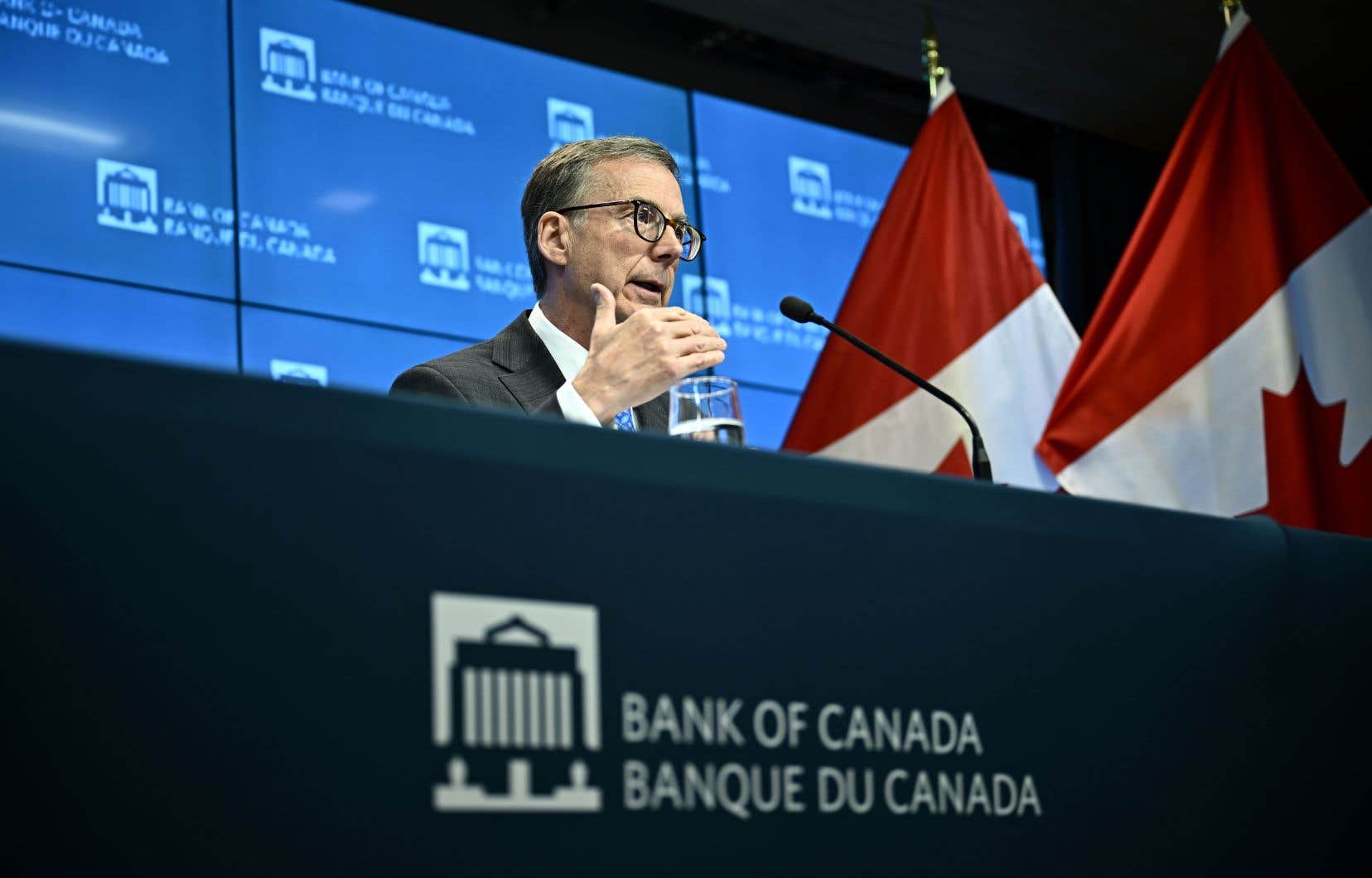The Bank of Canada could, this morning, make its first interest rate cut in more than four years. Otherwise, it will go to next month, forecasters predict.
The time for a first decline in Canada has arrived, estimated last week, Royce Mendes, general manager and head of macroeconomic strategy at Desjardins Group. Carried out in parallel with a tightening of monetary policies in several other countries, the sharp increase in the Canadian central bank’s key rate since March 2022 has weighed so heavily on the strength of the economy that price pressures have returned to normal. Headline inflation now stands at 2.7%, its lowest level since March 2021, and the key core inflation indicators relied upon by the Bank of Canada are now well within its target range from 1% to 3%.
This is also the opinion of the financial markets where two out of three of us expect a reduction from 5% to 4.75% of the Bank’s key rate this Wednesday morning, observed Friday the economist of CIBC Bank, Avery Shenfeld. It would be the first such decline since the economic shock caused by the COVID-19 pandemic forced a sharp drop from 1.75% to 0.25% just over four years ago. The central bank’s main monetary intervention instrument remained at this floor level until a surprise surge in inflation led to a sudden reversal of course, with the Bank’s key rate returning to 5% from March 2022. last August.
At the National Bank, economists Taylor Schleich and Warren Lovely think that Governor Tiff Macklem and other members of the Bank of Canada’s monetary policy committee will still want to wait before making a move until their next decision scheduled for July 24, which would allow them to add new data confirming ongoing trends in addition to documenting their decision in more detail in a quarterly update of the Monetary Policy Report, their broad overview of the economic and financial situation.
Modest and slow decline
Whether it comes this week or next month, this first drop in interest rates should then be followed by others, equally modest and which could be interrupted by moments of pause, the time to measure the effect and to follow the evolution of the economy, explained Avery Shenfeld.
If we are to believe the dozen experts from the CD Howe Institute’s Monetary Policy Council, the Bank of Canada’s key rate should have increased from 5% to 4.25% by the end of the year, and settle at around 3.5% in one year.
One of the things that could make the Canadian central bank hesitant is that its American counterpart, the Federal Reserve, does not seem in a hurry to reduce its own key rate currently to the thin range between 5.25% and 5.5%. However, the path of the Bank of Canada rarely deviates from that of its neighbor. Many think in particular that it is because lower rates in Canada would lead to a depreciation of the Canadian dollar which would result in an increase in the price of imports and an increase in exports, two factors likely to fuel inflation. However, research has shown that the extent of this phenomenon is exaggerated, says Royce Mendes. Furthermore, the Bank of Canada would not be alone with its rate cuts, the central banks of Switzerland and Sweden having already moved in this direction, and those of the United Kingdom and Europe being about to do so .
In another published analysis, Desjardins Group economists also warned that we should not exaggerate the rebound in sales and house prices that could come with the drop in interest rates. This is because the economy and employment will likely remain sluggish for several more months, they explained on Monday. In addition, it will take time before the reduction in borrowing costs is felt not only on economic growth, but also on the housing market whose affordability “remains very limited in most of the country.”
